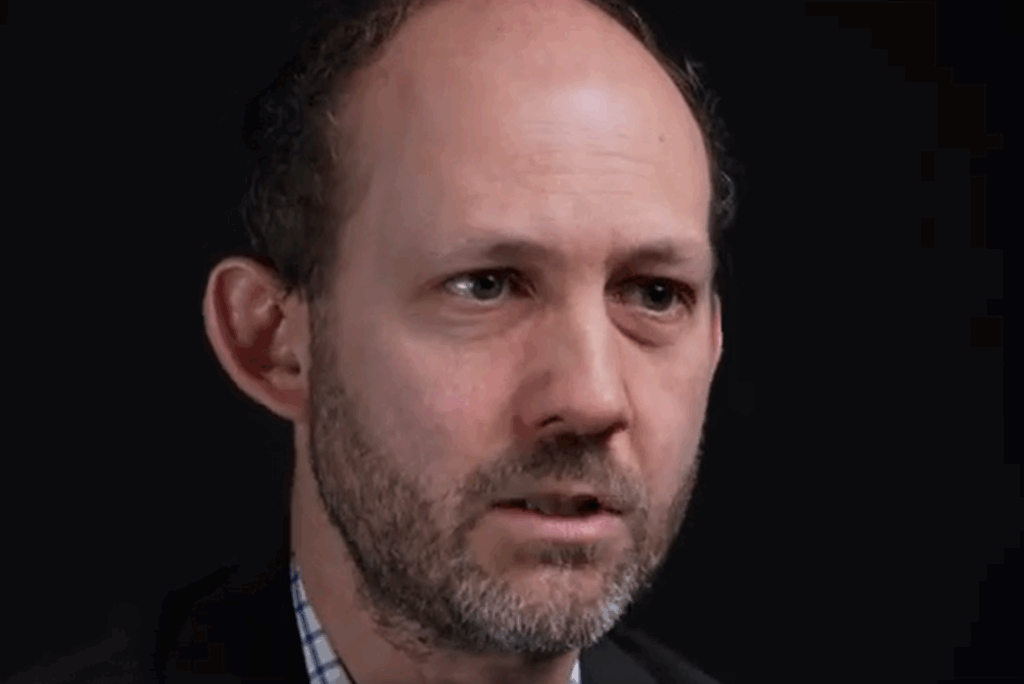 Author Information: Peter Jones is director of external affairs at Biffa. With 18 years of experience in the industry, he is often in the national media raising awareness on waste issues and has consistently argued for waste policies to join up with policies on energy and climate change. He was awarded an OBE in June of this year for services to the environment.
Author Information: Peter Jones is director of external affairs at Biffa. With 18 years of experience in the industry, he is often in the national media raising awareness on waste issues and has consistently argued for waste policies to join up with policies on energy and climate change. He was awarded an OBE in June of this year for services to the environment. Mr Jones looks at the industry's heavy investment in infrastructure and the future for PFI
There was a sense of deja vu on reading that a recent Report had costed investment needed to meet the 2020 Landfill Directive Targets at £9Bn.
It caused me to dig up a copy of “Future Perfect” to check out the conclusions in Appendix (i) and so no surprises other than the fact that it appeared exactly five years ago to the month.
In fact you pay your money and take your choice-£10.4 billion for a landfill/recycling profile;£20.2 billion for an energy/recycling focus; £12.6 billion for the majority via composting and recycling and a whopping £33 billion for incineration.
What is not in dispute has never been the cash investment cost. Anyone with nous in the sector can tell you that the sunk capital in an enclosed aerobic digester is around £50 per processed tonne a year against nearer £360 plus for incineration/ anaerobic digestion /Pyrolysis so diverting 40 odd million tonnes from landfill at an average (unweighted) of £200 gives £8 billion for starters- without the associated logistics and “fuel” preparation baggage.
What is more interesting compared to five years ago is where revenue is to be maximised to offset the cost. And, undoubtedly that has to be around the issue of electrical and heat energy operating at very low carbon footprints given that gas, coal and nuclear replacement are all looking dramatically more expensive.
By 2013 carbon is likely to have a significant real cost as well. Given the growing uncompetitiveness of Landfill, courtesy of the Treasury,this makes on balance sheet investment in these technologies increasingly attractive.The early casualty is likely to be PFI- why would waste disposal authorities bother to accept 30 year risks when private sector capital is hungry to convert scrap carbon to ever more valuable energy at its own risk?
Whats more if the supply of these technologies (and four, 1 million tonne capacity woodplants are in the pipeline already)exceeds supply of feedstock the cost of waste disposal to the Producer will actually begin to fall. Its all-as ever-in the lap of the planners. Now would it be such a different world after all?







Subscribe for free